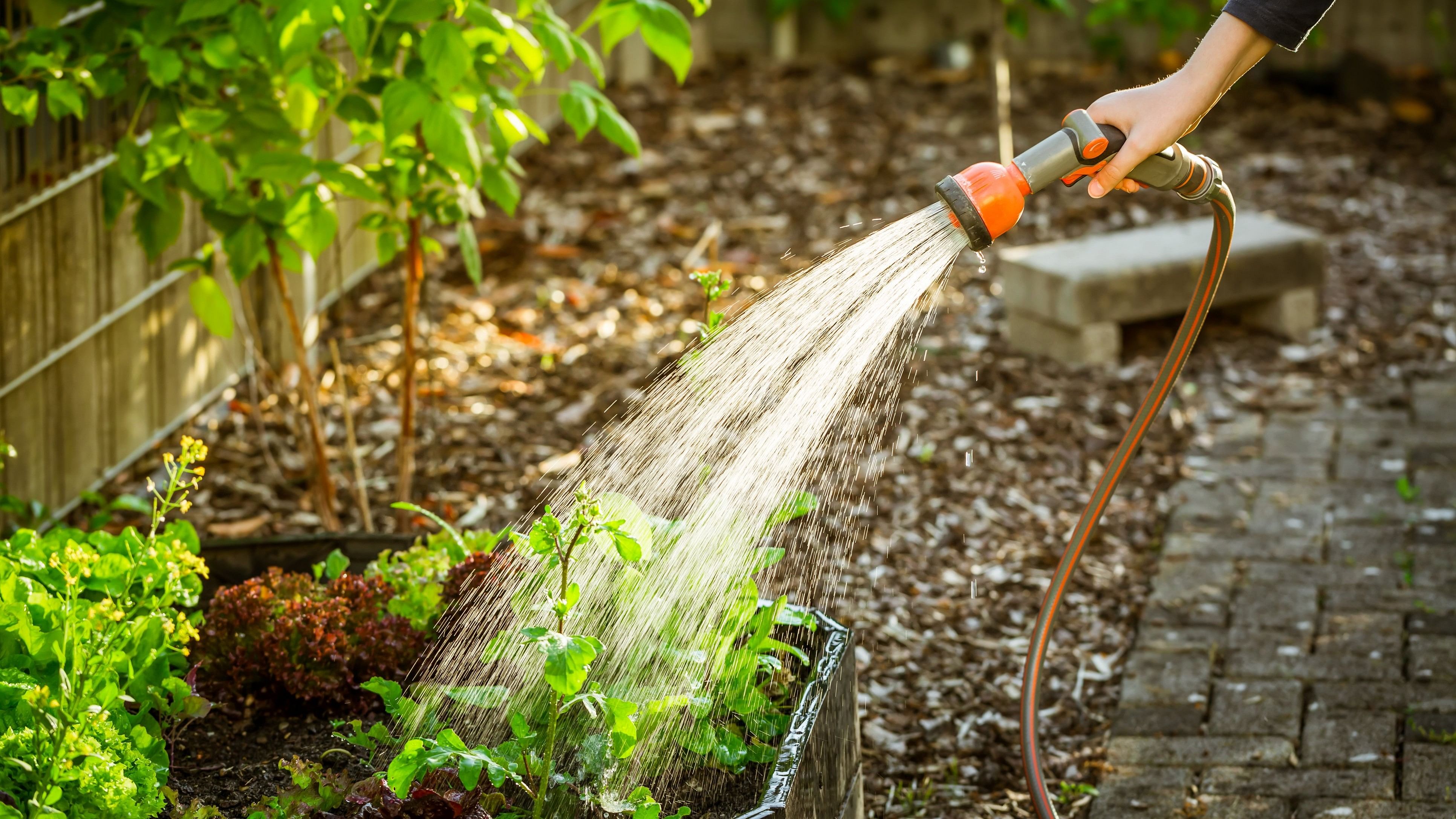
Credit: Special Arrangement
Bengaluru: As urban water demand rises, researchers warn that simply increasing tariffs is unlikely to drive meaningful conservation, as behavioural change interventions have proven more effective in reducing usage.
In a study titled 'Combining Price and Non-Price Interventions for Water Conservation', Vivek V and three others, including two researchers from the Indian Institute of Management Bangalore (IIMB), analysed water use in a 120-unit apartment complex with individual water metres. They surveyed 107 affluent households, with a median income of Rs 30-40 lakh, to examine water usage patterns.
Researchers gathered data on household size and usage dynamics, accounting for factors like travel and visitors. To mimic the limited engagement typical of a public policy rollout, such as a tariff hike, they kept interactions with residents to a minimum.
The non-price (NP) intervention focused on behavioural change, providing residents with information on their current water usage, a suggested usage goal, and water-saving tips.
Households were divided into groups, with one group not receiving the NP intervention. The water tariff followed a three-tier structure: 13 paise per litre for the first 6,000 litres, 15 paise per litre for 6,001-8,000 litres, and 18 paise per litre for usage above 8,000 litres. The tariff was intentionally set at a slightly higher rate to encourage conservation.
The study found that households without the NP intervention tended to use more water, with an average increase of 14 litres per capita per day (LPCD), compared to a 5 LPCD increase among those who received the intervention.
Researchers cautioned that modest water tariffs may have unintended consequences for affluent consumers. "Our findings indicate that price alone does not influence all households uniformly. In some cases, pricing even increased usage, suggesting an adverse effect similar to the ‘rebound effect’, where consumers interpret price increases or efficiency gains as a licence for higher usage," they noted.
The study suggests that combining price and NP interventions can mitigate the risk of a rebound effect. “Our results provide evidence that combining price and non-price interventions can enhance conservation by addressing both structural and behavioural factors. While price adjustments can reduce demand, non-price interventions may have an even greater impact," the report stated.
Speaking to DH, Vivek stressed that affluent households often use more water than necessary. He added, "Unlike rainwater harvesting, behavioural changes do not require major investments. Simple, clear interventions can significantly reduce per capita water consumption."